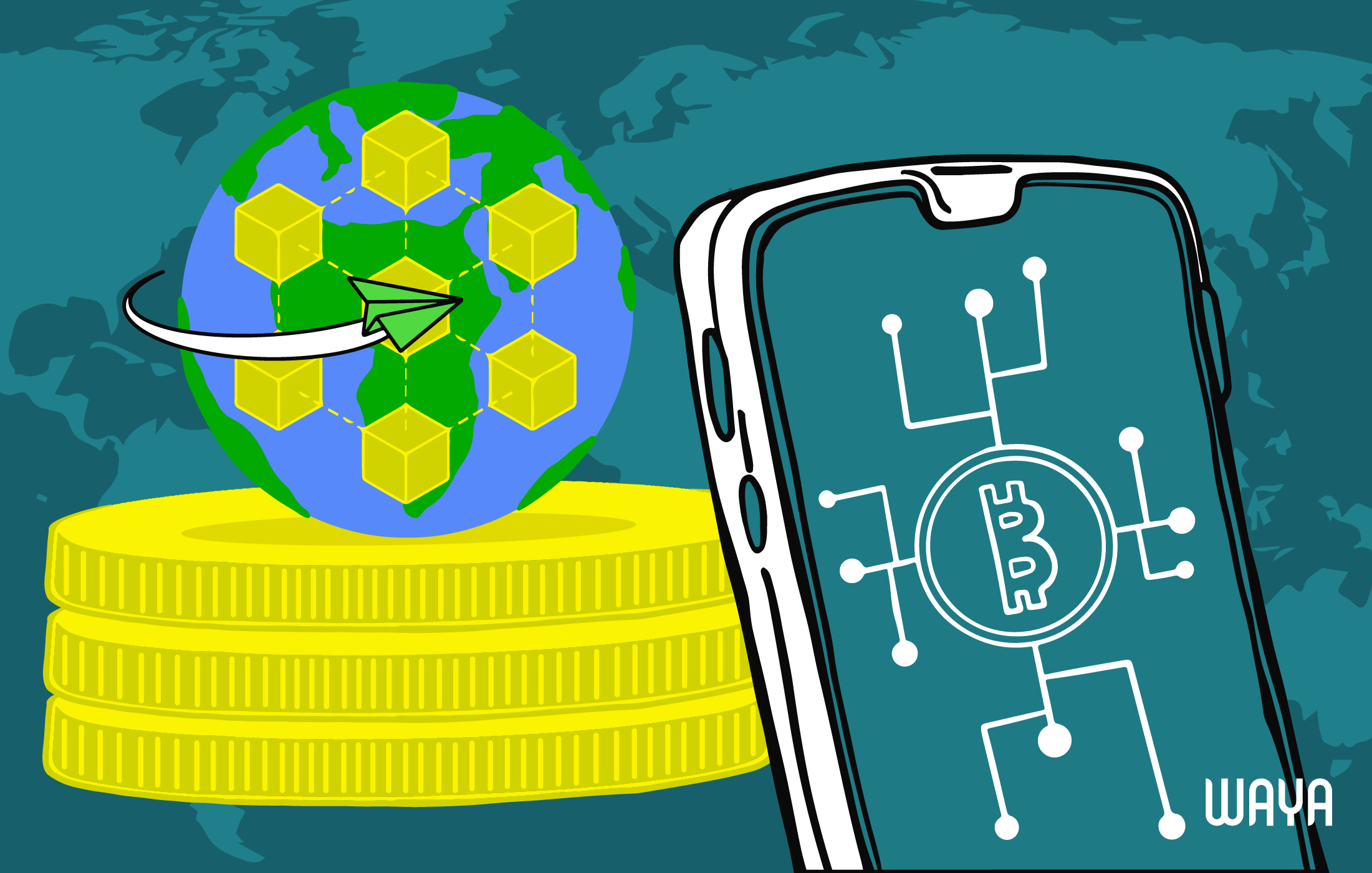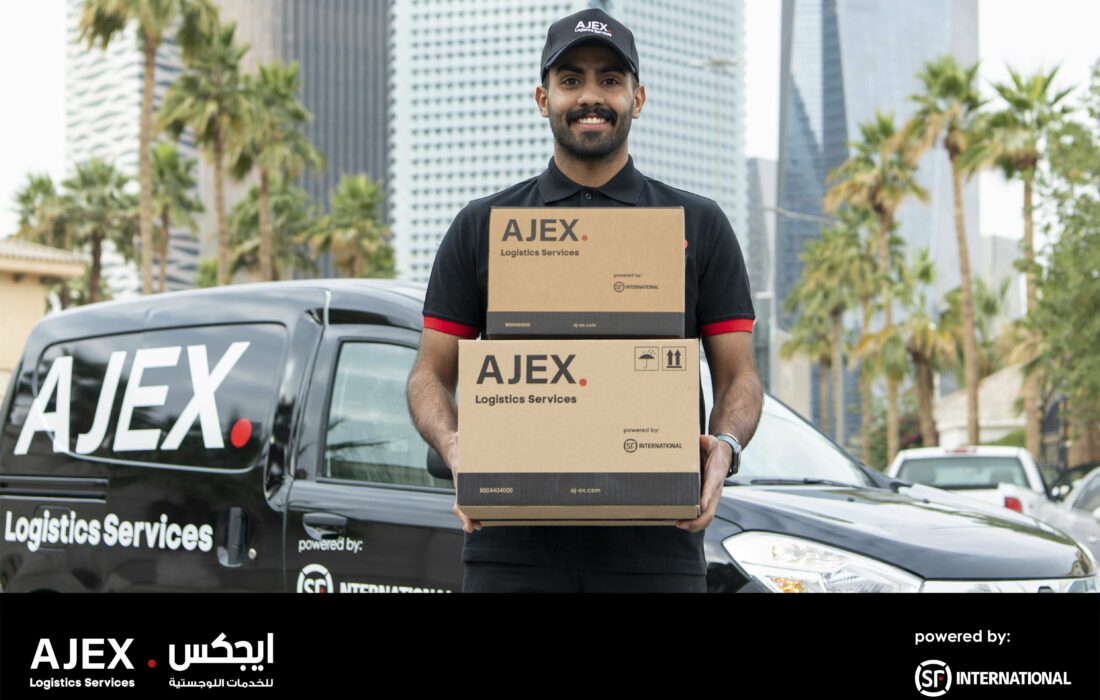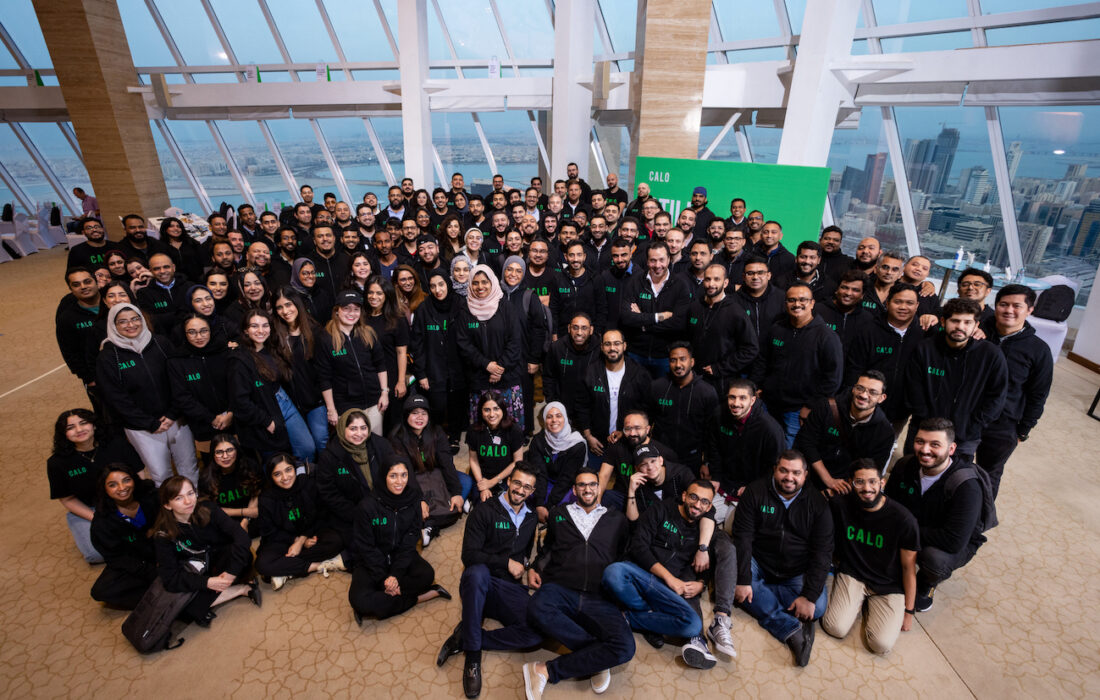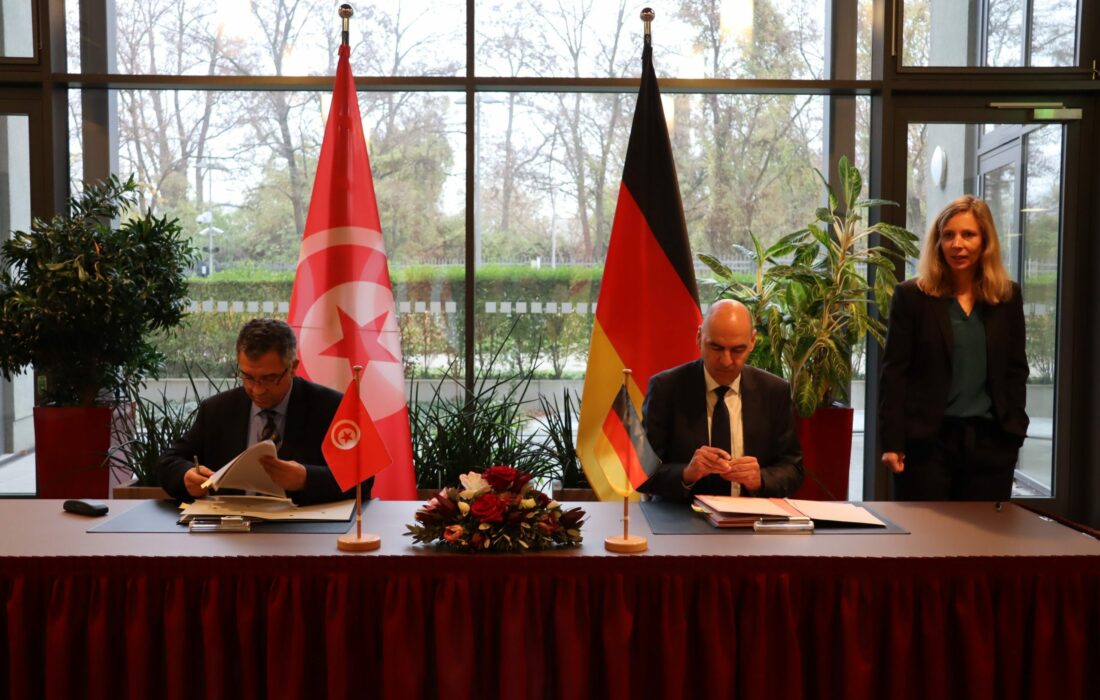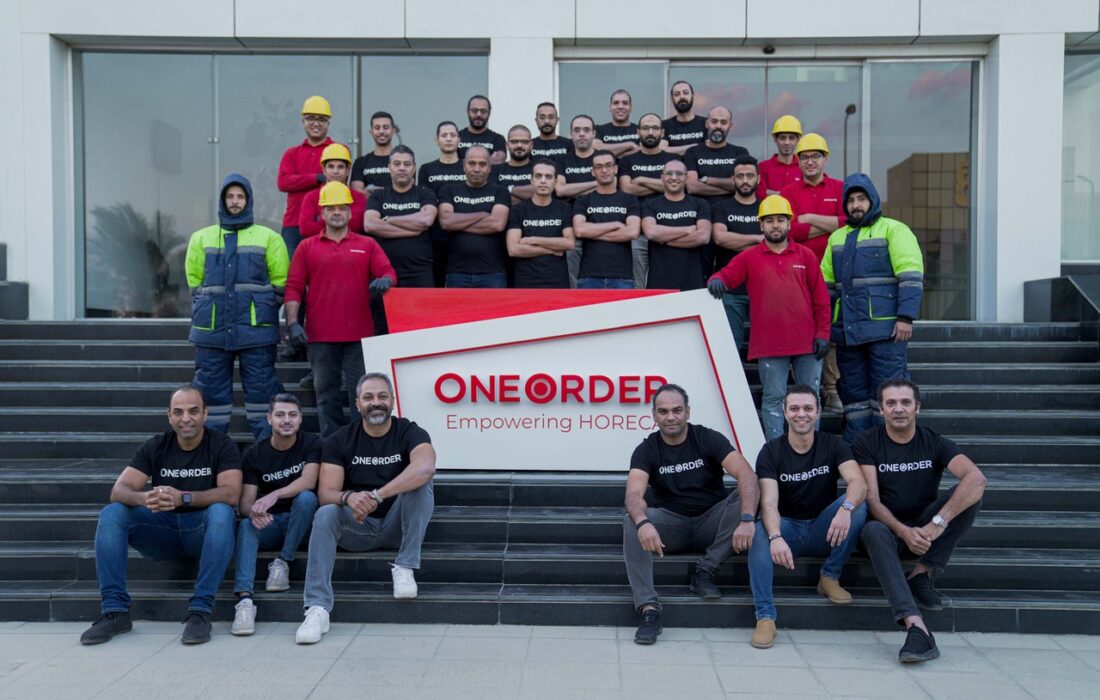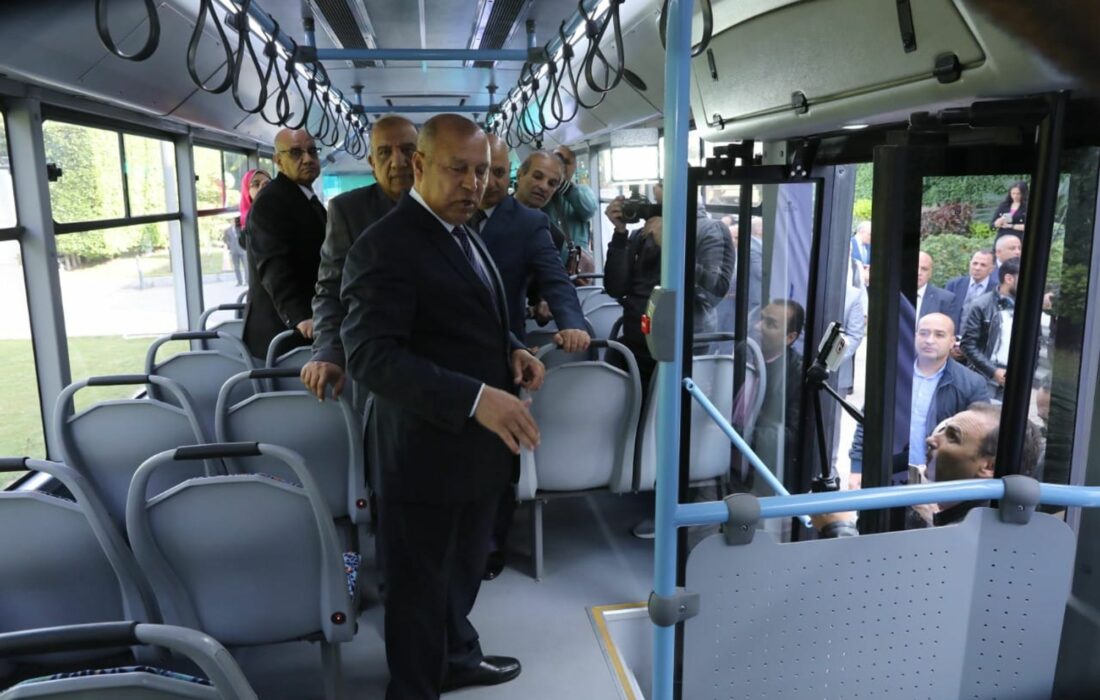There is good news on the horizon with the fast pace of digital technology driving down the cost, removing the hassle, and speeding up the transaction times of transferring remittances.
The numbers in this story are truly amazing – and the good that digitalization of financial services is bringing through systems such as Blockchain (as a technology solution for settling funds, and issuing smart contracts – and quite separate from the concept of digital assets) is bringing has not yet been fully comprehended.
It is common in more advanced economies to think development aid is the most important contribution that can be made to help emerging nations raise their economic prosperity, but this is a misconception.
While not seeking to diminish the good it can do if used wisely, the truth is the transference of remittances from breadwinners of all ages – fathers and mothers, sons and daughters – from their overseas jobs back to their families far outweighs development aid. In Egypt, for instance, total remittances are at least 18 times more than the government-to-government aid received. More importantly, remittances go directly into sustaining households, literally putting food on the table, paying the rent, or for healthcare and education.
Remittances are for many people their lifeblood, it is what makes the difference between really hard poverty and a bearable existence, or maybe some comforts. Countless doctors, engineers, and other professionals have been put through schools and universities thanks to the remittances of their parents or siblings. They really are a vital but often unrecognized part of emerging market economies.
This represents a compelling viewpoint on the market opportunity for fintech partnership building and investors looking for impactful growth opportunities, and the data supports this thesis.
Consider these numbers. Migration Portal estimates that global remittances for 2022 will total USD 630 billion, an increase of 4.2% over the previous year. Of the top five countries in the world sending remittances KSA is the second highest at $40.7 billion, following the US at $74.6 billion in 2021. That’s a big number and larger than the combined amount sent from Switzerland, Germany, and France.
When it comes to receiving remittances the inflow to countries in the Middle East and Northern Africa (MENA) in 2021 was USD 61bn, with Egypt receiving $31.5 billion of that total and Morocco second at $10.4 billion. These are huge sums when it is considered that according to the World Bank Egypt received just $1.56 billion in development aid in 2020.
All this information about the flows and importance of remittances tells us that every penny counts and any unnecessary fee wasted on convoluted intermediary processes is money not reaching deserving families. Currently, global remittance transaction costs are averaging 6% – which amounts to $37.8 billion being eaten up globally in transfer fees rather than landing in the pockets of families the sponsors would like to help.
Fortunately, help is at hand – here’s the good news – thanks to blockchain technology it is possible to drive down the transaction costs so more money reaches the people it is intended for, and almost instantly, reducing any anxiety or concerns over the delivery time.
This is especially important for people without bank accounts or any formal means of holding, paying, or receiving money – meaning it will make life-changing differences to many, possibly millions. All they will need is a smartphone, and with 800 million underbanked or financially underserved smartphone users in the wider Middle East and Africa (MEA) region the potential impact of blockchain-based remittance services is huge.
Blockchain technology enables decentralized payment systems so people can exchange money directly, without having to rely on a third party to ensure the network remains secure and operational or to validate information, thereby removing all intermediaries from the transaction delivery.
Blockchain payment transactions are fully transparent and can be audited by anyone in real-time and are “self-settled” at the time of the transaction. As a result, you are removing the counterparty, double-spending risks, and enabling affordable, instant money transfers. This is a huge innovation in digital technology and one of the results is in the development of alternative payment and remittance systems that enable lower costs for moving money around without needing a local bank branch or even an online bank account.
Blockchain is already enabling the alternative payment methods needed to meet the growing needs of the underbanked. Transparent, affordable, and instant money transfers are driving part of the wider shift from cash-only to cashless societies, to which many governments are committed.
At Pyypl, the financial services platform with operations in Africa and the Middle East, we already provide digital payments through our virtual and physical pre-paid cards available to all, as well as remittances and a range of other financial services for MEA smartphone users who do not have bank accounts or credit or debit cards and are expanding the network into more markets in MEA. Last year we launched the first-ever “On-Demand Liquidity” service in the Middle East, in partnership with Ripple, enabling instant and low-cost cross-border payments across the region.
The implementation of new technologies can make financial transactions seamless for users, who experience faster and more affordable remittances at the click of a button from their smartphone app, safely and securely.
It’s that simple, not to mention beneficial to the millions of people who make remittance transfers today and in the future
If you see something out of place or would like to contribute to this story, check out our Ethics and Policy section.
